England’s Model Villages
Tuesday, 5th March 2013 by Ian Brown
During the 19th and early 20th centuries, villages were constructed by English industrialists and landowners to provide housing close to factories or estates for the workers and their families. One of the most well known is Saltaire in West Yorkshire, which was built in the early 1850s and named after mill owner Sir Titus Salt and the river Aire which flows through the area. It was designated a UNESCO World Heritage Site in 2001.
Most of those who built model villages are credited with being philanthropists who were genuinely concerned for the welfare of their workers, moving them from generally grim living conditions to affordable modern cottages in planned communities with shops, schools, recreation and other amenities.
Detractors counter this with the belief that industrialists were only looking to maximize profits, with happy workers generally being more productive. Improving their housing could therefore be seen as an essential contribution to increasing the success of the business. In some cases the creators of model villages were also looking to impose a significant amount of control over their employees, dictating what they could and couldn't do in these new communities designed to strictly follow their own beliefs.
Salt moved his five woollen mills out of Bradford in order to be able to provide better housing than was available in the city. Around 850 small stone houses line the narrow streets, which were named after Salt's family, the royal family, and architects who helped plan the town. Saltaire also had a number of almshouses - residences for those too poor to be able to afford their own house.
The town had a hospital, a school, allotments and other civic services. The Saltaire Institute (now Victoria Hall) provided a library, meeting rooms, a gym and other recreational facilities. The iconic stone lions at the corner of the property represent War and Peace.
There was also a dining room where hundreds of mill workers ate affordable meals every day. However, because Salt was a Quaker who believed in temperance, he would not allow pubs to be built in his town.
A friend of Titus Salt, Edward Akroyd, built two other nearby model villages for his mills - Akroydon and Copley. He also added a financing scheme which allowed workers to eventually own their houses rather than just renting them.
Members of the Cadbury chocolate-maker family were also Quakers; they built the model village of Bournville near Birmingham after they had moved the business out of the city to allow for growth. Eventually a dark chocolate bar was named after the village1.
From the late 19th century onwards, the Cadburys built almshouses, a meeting house and hundreds of cottages. The new community also included spacious parkland and sports and leisure facilities, and like Saltaire, there are no pubs. The Cadburys were also known for paying good wages, starting pension plans and providing medical services to their workers.
Grateful residents built the Bournville Rest House to mark George Cadbury's silver wedding anniversary. Today the village - now numbering thousands of households - is controlled by a trust independent from Cadbury, but which tries to maintain the historic goals of the community.
Railway Village in Swindon was built in the 1840s to accommodate workers from the Great Western Railway Works, and is one of the best examples of how a model village could really benefit its residents.
Rows of identical houses lined streets named after the country's major cities which were all newly accessibly by train.
What really transformed it into a successful community were the facilities that were provided - schools, medical centres, laundries, bath houses and swimming pools. The central Mechanics' Institute (unfortunately now in a state of disrepair) also had the country's first lending library, a theatre and space for courses on a wide range of topics. As a result, GWR's workers were some of the best educated in the country. (The Institute in Saltaire was also affectionately known as the Mechanics' Institute because it was modelled on this one.)
However, the residents of Railway Village liked to have fun too, with three pubs around the Institute, each as identical as the houses that surround them! This blog post gives more history and a sense of what it is like to live in Railway Village today.
From mills, chocolate and railways to ... soap! Port Sunlight2 was built in the early 20th century by the Lever Brothers, and named after their most popular detergent. It remained exclusively populated by employees until the 1980s.
The 800 houses were designed by many different architects, with wildly varying styles placed next to each other. The community had many of the same facilities as the villages above - parks, schools, a hospital and sports facilities. William Lever was a noted collector of art and built the Lady Lever Art Gallery to show off his collection.
In England, construction of model villages ceased in the 1920s, but was revived in the mid-1990s with the development of Poundbury in Dorset.
With support from Prince Charles (who is well-known for his views on urban planning), Poundbury is intended to be a traditional community which provides all the amenities its residents need, including leisure facilities, parkland and shops scattered amongst the houses. However the goal of encouraging people to focus on their local environment and walk more has not been successful, with a survey revealing that car use was higher here than in the rest of the area.
While the village is certainly attractive it has been criticised for the extensive use of remotely-sourced building materials over local goods. Construction will be ongoing for some years yet, so it could be a while before the community reaches its full potential.
Taking a quick look at some other model villages around England, the earliest example is Trowse Newton3 in Norfolk, which was established in 1805 by the Colman family which owned the mustard company which still bears their name today. The first cottages in Trowse Newton were built with distinctive red brick and originally had mustard-coloured front doors, some of which are still painted the same colour by current residents. The Colman family still owns thousands of acres of land around the village and contributes to its growth, as explained in this article from the Telegraph.
Some model villages were built to house workers in their retirement as a reward for years of service. In the case of Blaise Hamlet near Bristol, nine cottages were built in 1811 for former employees from the country estate of banker John Scandrett Harford. The cottages were designed by John Nash who was more famous for his grand regency buildings in London. They are now owned by the National Trust but occupied privately.
Selworthy in Somerset served a similar purpose. While the village has a long history, many of the whitewashed thatched cottages were built in 1928 for retired workers from Sir Thomas Acland's estate.
Snelston in Derbyshire is noted for its cottages which were designed in the middle of the century by Lewis Nockalls Cottingham who had also designed the nearby estate where the villagers worked.
Layout of roads and houses was an important factor in some model villages - see the grid-like roads of the Railway Village, in contrast to the meandering streets around it, which are the norm for England. Creswell, also in Derbyshire, was built to house workers from the nearby coal mines. Built around an oval-shaped green, the houses originally received a supply of coal by a miniature train which ran behind them.
Just a short distance away, New Bolsover occupies three sides of a square and was also a mining community.
Whitely Village in Surrey is octagonal and still serves the same purpose it was built for in 1907 - housing retirees of limited means.
Woodlands in South Yorkshire is more abstract, but the design was intended to maximise the green space behind each of the homes, again built for mine workers.
We'll end this post with a look at some model villages within a model village!
In 1961 the London Lead Company, owned by Quakers, built a large number of houses around their mines in Nenthead, Cumbria. Hazardous working conditions cost many miners their lives, but outside the pits, life was considerably better than in other mining communities.
The mines closed more than 50 years ago and little remains of the model village, with the current housing mostly newer. One current resident clearly takes the 'model village' theme very literally and has built three model villages on their front lawn!4
You can learn more about model villages at Wikipedia. We will look at model villages outside England in another future post. If you live in a model village, let us know what life is like there by posting in the comments!
-
Although chocolate is still made in the area, the Bournville bar is now manufactured in France. ↩︎
-
Previously featured in our post about The Beatles. ↩︎
-
Also called Trowse With Newton, or simply Trowse. ↩︎
-
I don't think the models are supposed to represent historic Nenthead, but I wasn't able to find much information about them. ↩︎
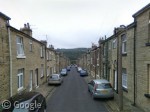
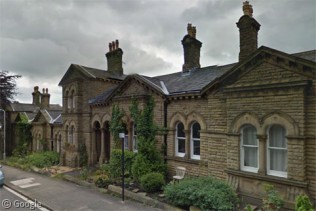
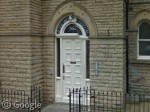
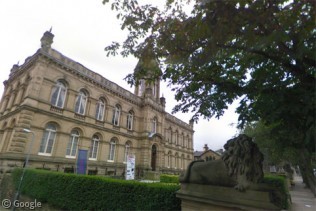
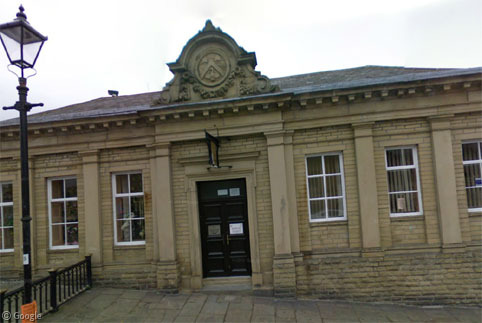
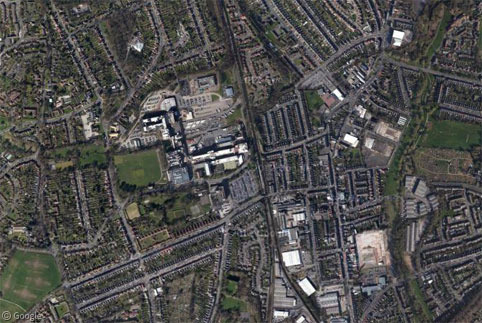
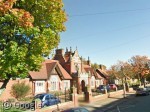
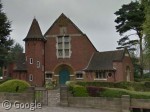
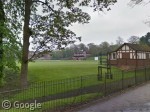
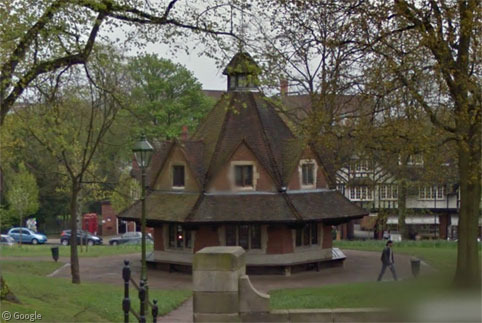
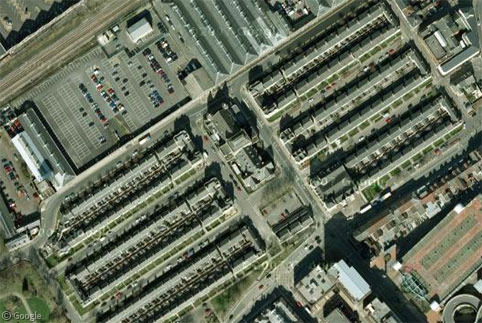
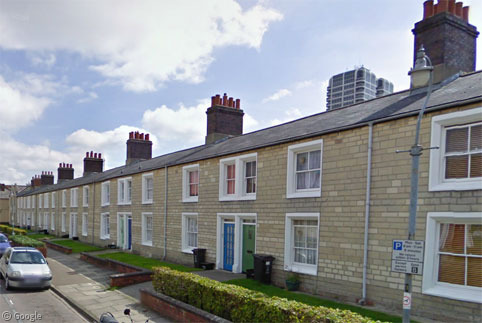
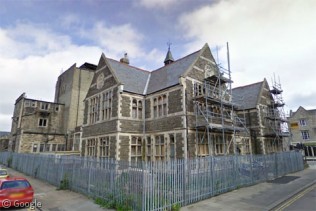
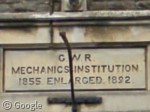
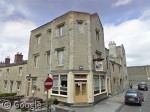
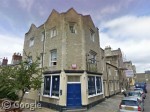
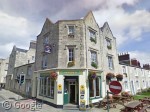
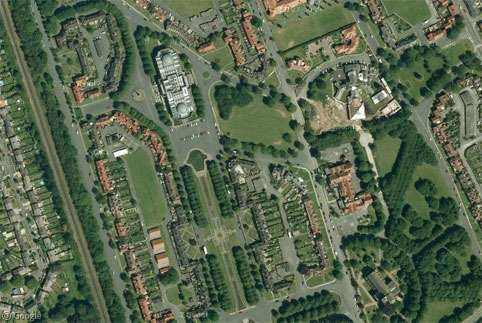
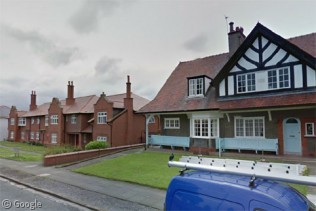
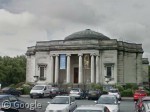
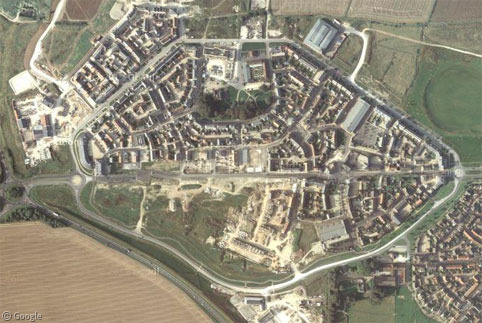
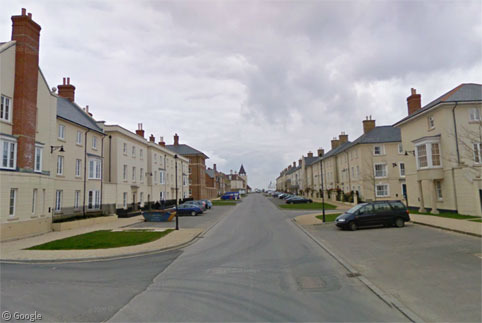
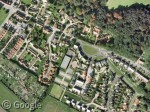
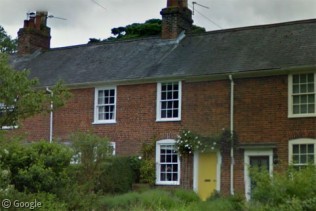
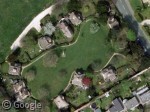
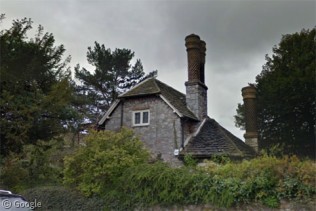
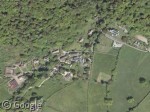
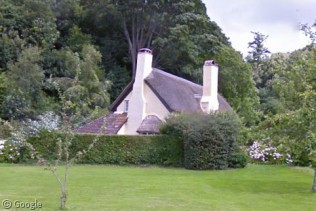
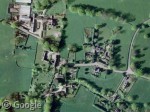
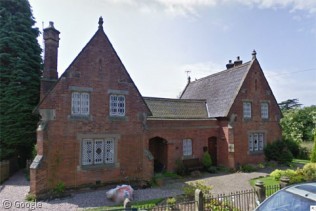
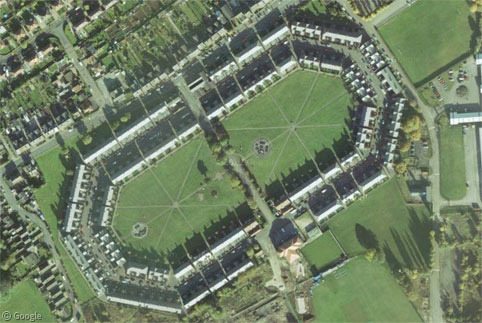
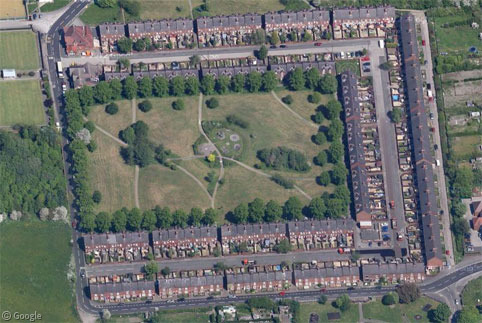
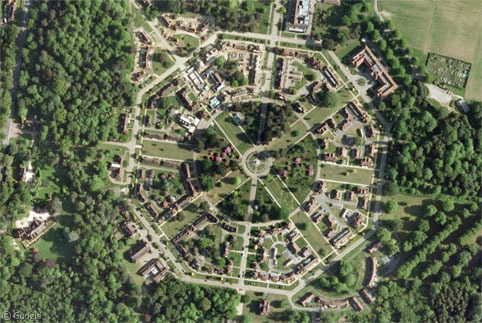
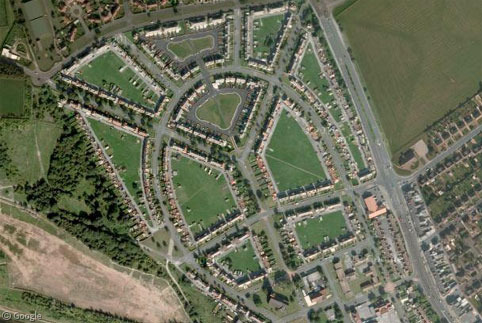
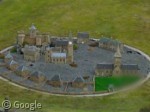
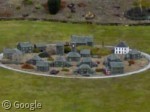
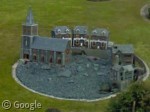
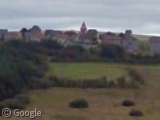

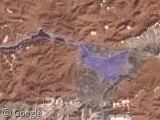
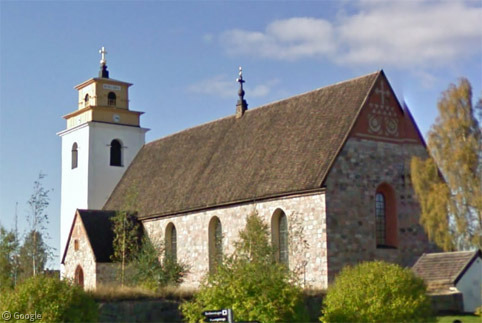
Blaise hamlet is near Blaise castle witch sits in open space and woodland, and has a folly with brilliant veiws across bristol to the severn river and Wales. There’s loads of history and ghost storys about Blaise. X
Another example would be Street, in Somerset, where many houses and facilities were built by the Clark family for employees in their shoe factory. Although a very small town Street still boasts a theatre and two swimming pools.
Even though shoes are no longer manufactured here, a few years ago Clarks built a new UK distribution centre, which would presumably have been better sited near a port or motorway junction. Clarks, however, chose to remain with their employees in Street, despite poor roads and no railway access.
There are now pubs in Saltaire. One of them I recall being named Don’t Tell Titus.
And here it is, within sight of Salt’s old mills: View Placemark,,1,1.4
Love the name! Thanks Neil.
Cadbury used to keep a small hotel for visiting managers on site, which was the scene of the end of the teetotal period in February 1979, when “beer” was served to the “men” at supper – by coincidence I was there that day. To great ceremonial it was served at supper, carried in in five-litre steel jugs, and served in small water glasses. It was an absolute hark-back to the nineteenth century…
The architect responsible for Port Sunlight (1888) and Bournville (1895) was Ebenezer Howard, who went on to inspire two very similar housing projects to Bournville in Watermael, the southern periphery of Brussels. The Logis and Floréal (1920s) housed slum residents of the Marolles neighbourhood in the city centre. He would later develop the idea into the wider idea of a Garden City, building firstly Letchworth, then Welwyn Garden City, and finally Hampstead Garden Suburb in London. Much of the modern concept of town planning derived from that.